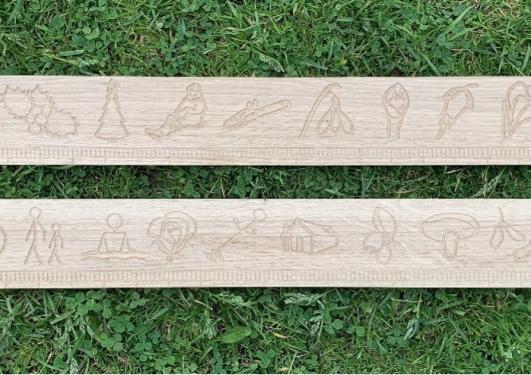Circle activity
The circle activity is a group activity for understanding seasons.
Circle activity - CALENDARS project
Hovedinnhold
The CALENDARS project developed a physical activity for a group of participants to discuss the rhythms comprising seasons, and the multiple ways that groups of people perceive seasons depending on the rhythms they attune to.
We tested and refined this activity over three student courses in 2023/2024. We saw that participants could easily relate to and engage with concepts of seasonal rhythms by moving their bodies in space relative to others in the group.
Insofar as rhythms are defined by repetitive motion and change (e.g. of the tides, a beating heart, or a bus timetable), they are able to be apprehended through bodily motion in space, and the relation of temporalities to each other can be seen in the relation between bodies in space.
Conceptually, this approach is built on scholars like Henri Lefebvre and his work on rhythmanalysis, where the body is the best instrument for sensing rhythms, or the work of Tim Ingold, who sees time as sensed through bodily tasks.
Below, you'll find instructions in both English and Norwegian for organising the circle activity.



